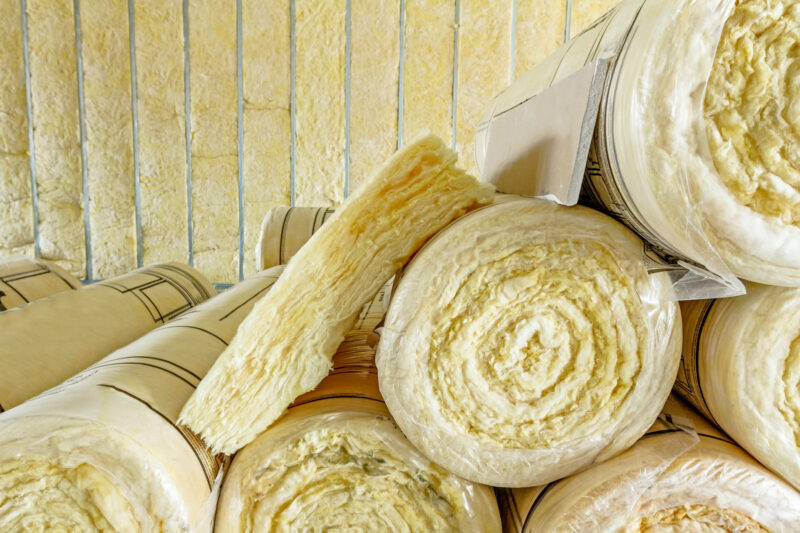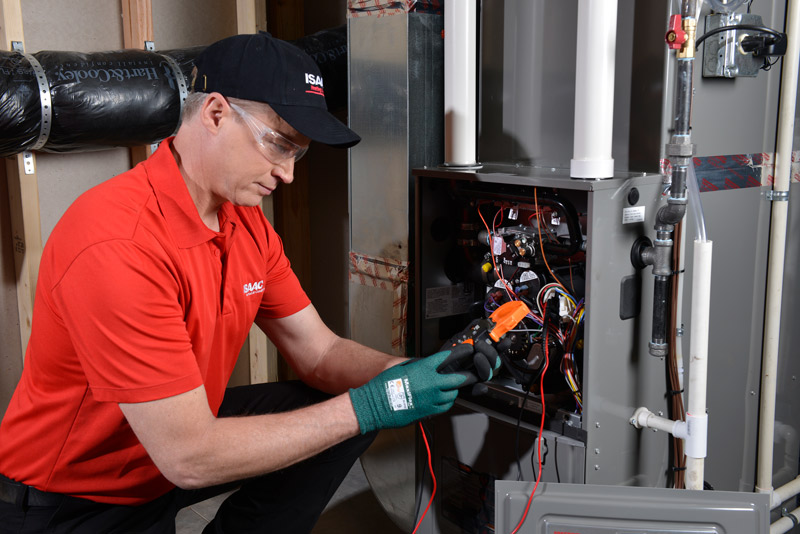Best Heating Systems for New York Homes: Buyer’s Guide
As winter winds sweep through New York, you need a heating system that keeps your rooms cozy without breaking the bank. At Isaac, in the Finger Lakes, NY region, we’ve helped dozens of homeowners choose and install the perfect system for their budget and comfort needs.
Furnaces: Classic Warmth
You’ll find gas and oil furnaces in many older New York homes because they deliver powerful heat on cold mornings. When the thermostat senses a drop in temperature below your set point, the burners ignite, sending hot air into a heat exchanger. A blower then pushes that warmed air through ductwork to rooms. Gas furnaces often cost less per unit of heat than electric models, especially when natural gas prices stay low. You’ll notice that warm air arrives quickly, which helps recover from deep overnight setbacks.
On the downside, you’ll need proper venting to carry combustion byproducts outside safely, and annual tune-ups become important to clean burners and inspect the heat exchanger for cracks. Oil furnaces share similar mechanics but require an on-site storage tank for fuel. They can be more costly to fuel and require more frequent service visits to replace nozzles and filters. Both fuel-burning models can last up to 20 years, provided you change filters, inspect blower belts, and address minor repairs before they become more significant. If your home already has ductwork, swapping an old furnace for a high-efficiency unit can significantly reduce winter bills while preserving the distribution network you already trust.

Boilers: Steady Radiant Comfort
Boiler systems use either gas, oil, or propane to heat water, which then circulates through radiators, baseboard heaters, or under-floor tubing. Heat radiates from these elements without the noise of a blower or the drafts that ducts can introduce. Boilers typically run at high efficiency when paired with modern condensing technology, which captures additional heat from combustion gases.
The installation often ties directly into a network of cast-iron or copper pipes, which can last decades with proper water treatment and occasional flushing to remove sediment. One drawback is the slower response to thermostat changes. Maintenance includes checking pressure gauges, inspecting relief valves, and verifying that pumps operate quietly and without leaks. While installation costs can run higher than for a basic furnace, the even warmth and low noise level appeal to homeowners who prioritize comfort over rapid heat spikes.
Heat Pumps: Modern Dual-Purpose Systems
Heat pumps work differently from traditional heaters because they move warmth rather than generate it. In winter, they extract heat from outside air or the ground and bring it indoors. In summer, the system reverses to cool your rooms. Air-source models are installed where you already have an outdoor unit, while ground-source systems bury loops underground for more stable performance at extremely low temperatures.
Many heat pumps feature backup electric resistance coils for deep cold snaps, but dual-fuel setups can switch to a gas furnace at a preset temperature threshold.
Annual service includes cleaning coils, testing defrost controls, and verifying refrigerant charge. If you live in a moderate climate or plan to pair with solar panels, a heat pump cuts carbon output and shrinks energy bills.
Ductless Mini-Splits: Zone Control Without Ducts
Ductless systems let you warm or cool individual rooms with wall-mounted indoor units connected to a single outdoor compressor. You won’t need to crawl through attics or cut into walls to install ductwork, which saves on labor and keeps your ceilings intact.
Each indoor head operates independently, so you can tailor comfort levels in bedrooms, living spaces, or bonus rooms without heating the whole house. Modern inverter-driven compressors change output continuously, avoiding the on/off cycles that spike energy use. In winter, these mini-splits can extract heat from outdoor air even when temperatures dip below freezing, though their efficiency drops as the mercury falls.
Secondary electric strips or auxiliary heat activate when the system reaches its operating limit. Maintenance stays simple: wipe filters monthly and have a technician check refrigerant levels and electrical connections each season. Ductless heating feels quieter than a furnace blower, and you’ll enjoy improved humidity control.
Energy Efficiency and Fuel Types
Choosing the right heating system means matching efficiency ratings to your local fuel prices. Furnaces display annual fuel utilization efficiency (AFUE) numbers; look for models rated above 90% for gas or oil. Boilers also use AFUE; modern condensing models reach the mid-90% range. Heat pumps earn ENERGY STAR labels when their heating seasonal performance factor exceeds certain thresholds, typically around eight. Propane and electric heaters usually cost more to run, so it’s smart to look at your local fuel rates first. Don’t forget distribution losses: leaky ducts can shed up to 30% of delivered heat, so sealing and insulating pathways boosts overall efficiency no matter which system you choose.
Cost and Maintenance Overview
Up-front investment can vary widely. A standard gas furnace usually costs about $3,000 to install, while top-of-the-line condensing boilers or geothermal heat pumps can run over $10,000. Ductless mini-splits often fall between $2,000 and $4,000 per unit. You’ll find electric furnaces can last more than 20 years with little maintenance, and heat pumps generally last 15-20 years. Fuel-burning systems require annual professional tune-ups, covering burner clean-up, safety control tests, and vent inspections.
Heat pumps need coil cleanings and refrigerant checks twice each year. Budget for filter replacements every three months, and plan for occasional motor or control board swaps. Warranties can cover major components for five to 10 years, and extended plans fill in gaps for parts and labor. Factor in expected energy savings versus fuel costs to find payback periods. A seasoned technician can provide detailed breakdowns of typical repair costs and maintenance schedules, helping you decide between systems whose installation price tags differ but whose lifetime expenses converge through lower energy or service bills.
Finding Your Perfect Heat
We’ve talked about energy-smart furnaces, flexible heat pumps, cozy radiant floors, and hybrid setups built for New York’s cold. You’ll weigh the installation price, fuel bills, and upkeep each option needs. Remember, good ductwork, smart thermostats, and a pro installation make all the difference in how well your system works.
At Isaac, we offer system design, energy audits, and ongoing maintenance plans to keep your new heater running smoothly all season long. If you are ready to lock in your home’s warmth and savings, call Isaac today to schedule your personalized heating consultation.
Sidebar
- Family-owned and -operated
- Licensed and certified technicians
- 24-hour service
- Upfront pricing and free replacement estimates
- Service for all brands of equipment
- Financing options and discounts available







